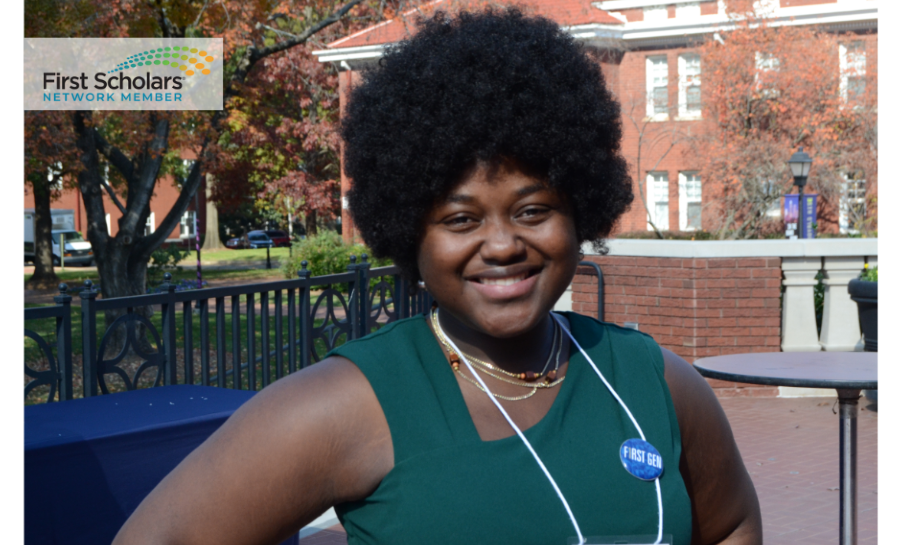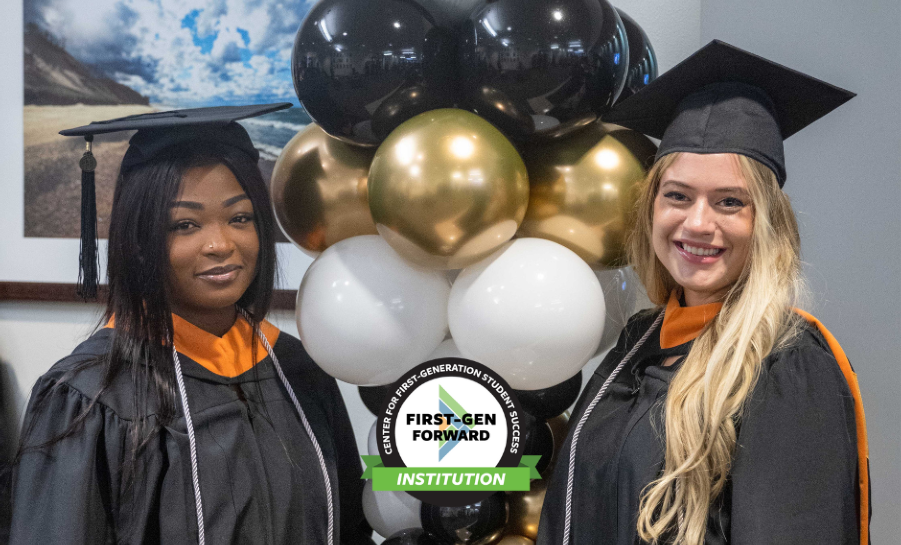Beyond barriers: Best practices for first-generation students
T. Mark Montoya Ph.D., Northern Arizona University / / February 15, 2018

For five and a half years, an innovative Professional Development Learning Community of faculty and staff at Northern Arizona University (NAU) has been grappling with first-generation college student experiences. Sometimes, we are a book club and other times we are hands-on trainers and facilitators, certifying colleagues as tiered first-generation advocates. From our many meetings and discussions, we have developed the following slogan: “best practices for first-generation students are best practices for all students.” We have also worked closely with a growing suite of programs and initiatives designed to provide multifaceted, sustained support to first-generation students. Like many universities, NAU has long provided advising, academic support, and financial guidance to hundreds of first-generation students, but more specifically, the First Generation Programs and Initiatives Office works across campus to coordinate existing resources, develop and cross-link web pages, and spread the word about programs, tools, and support for first-generation students.
Despite the availability of resources on-campus for first-generation students and their families, there are obstacles that often prevent students from making the best use of these resources. The first obstacle is awareness. Not only are many students and parents unaware of these resources, but also so are many faculty and staff. There is also the problem of identifying first-generation students. Currently, NAU relies on self-identification, which typically takes place in admissions forms. This is complicated by the fact that not all first-generation students identify themselves as such. Moreover, only certain personnel on campus have access to information that would help to identify these students. NAU’s qualifications for first-generation consideration are aligned with the federal government’s qualifications: neither parent nor guardian has received a four-year degree. While 40-45% of incoming first-year students at NAU self-identity as first-generation, we know there are more based on anecdotal information.
The challenges of understanding the needs of and supporting the first-generation population at NAU are wide and varied, but we can make good progress if we focus on three action areas:
- Faculty and staff need to be trained to understand the NAU first-generation student population and their needs for support.
- Faculty and staff need consistent guidance on what each person can do to help support these students.
- Faculty and staff must understand the resources available to that student population.
Together these three action areas point to the way to implementing the following best practices for first-generation students.
First-generation students benefit from targeted coursework. Why? The demographics of the United States are changing. Accordingly, the demographics of U.S. colleges and universities are changing. In the past several years, more universities have admitted more students of color and more students from low-income situations, contributing to an already greater number of first-generation students. This higher percentage of first-generation students can often mean more tutoring, more advising, and more mentoring than before. First-generation students, however, do not need remedial college courses, or University 101 courses, but instead general education or liberal studies courses such as Ethnic Studies, taught with students grouped in a cohort. Faculty ought to develop assignments connected to first-generation experiences so that students participate in class activities together as mentors and mentees. The rationale is that students must pass these classes because they are for-credit; they function, therefore, not as skills, but as classes.
First-generation students need clear language associated with financial aid. Why? In addition to academic engagement through targeted courses, we must also address first-generation students’ financial needs and clarifications of language associated with financial aid. Most first-generation students have to work, at least, part-time while attending classes full-time. On-campus employment is essential and allows for additional study time, often becoming a true “work-study.” Besides academic and financial preparedness, the primary concern is graduation. Thus, any program needs to focus on the student for the entire four years of an undergraduate education. Too often, students are dropping out or being pushed out when they lose contact with their support system that had been there for them during their first year. Colleges and universities need to provide first-generation students with a continued sense of community and connectedness.
Best practices are hands-on. First-generation students apply the skills acquired in the classroom or within student affairs programs in everyday situations that go beyond the first year to relate to both academic and student life. Navigating the university is already a difficult process, but providing continued support is imperative. Our Learning Community has agreed that while issues of navigating the university may be a function of being first-year rather than first-generation, the focus on the first-generation student experiences reach all students. Indeed, we ought to offer all students a SAFE space, because our work with students has shown us that we, as faculty and staff, ought to be concerned with their Social, Academic, Financial, and Everything else concerns; and we are.





